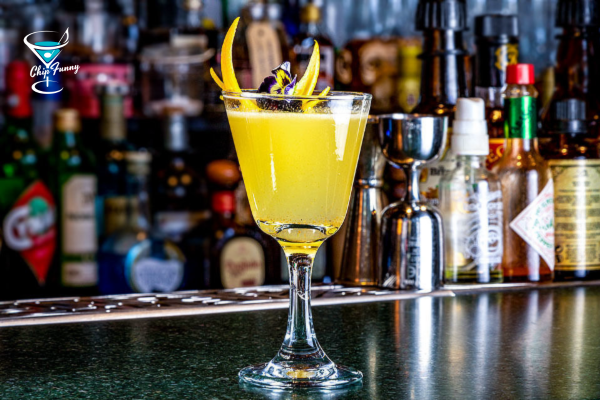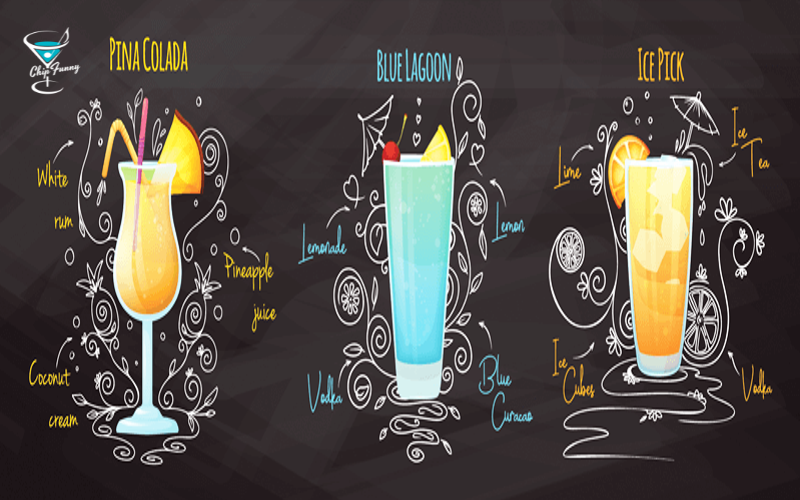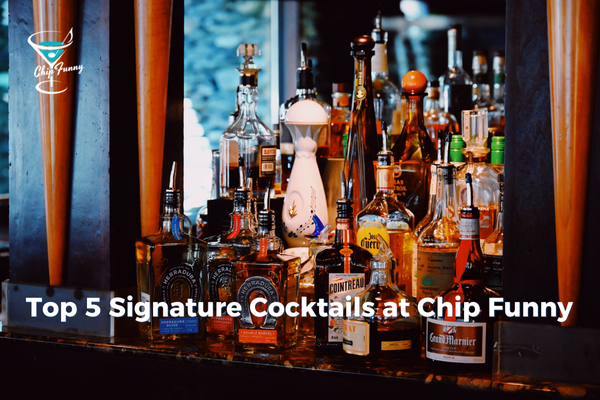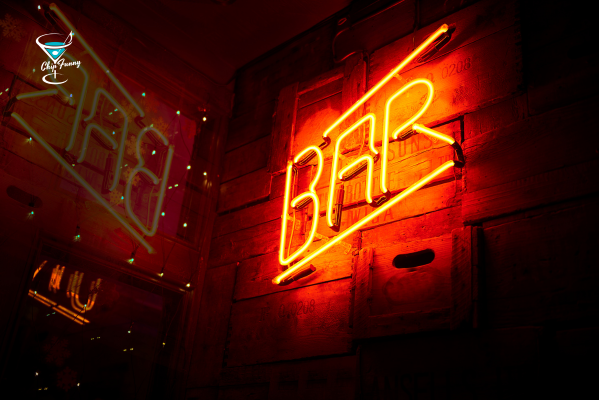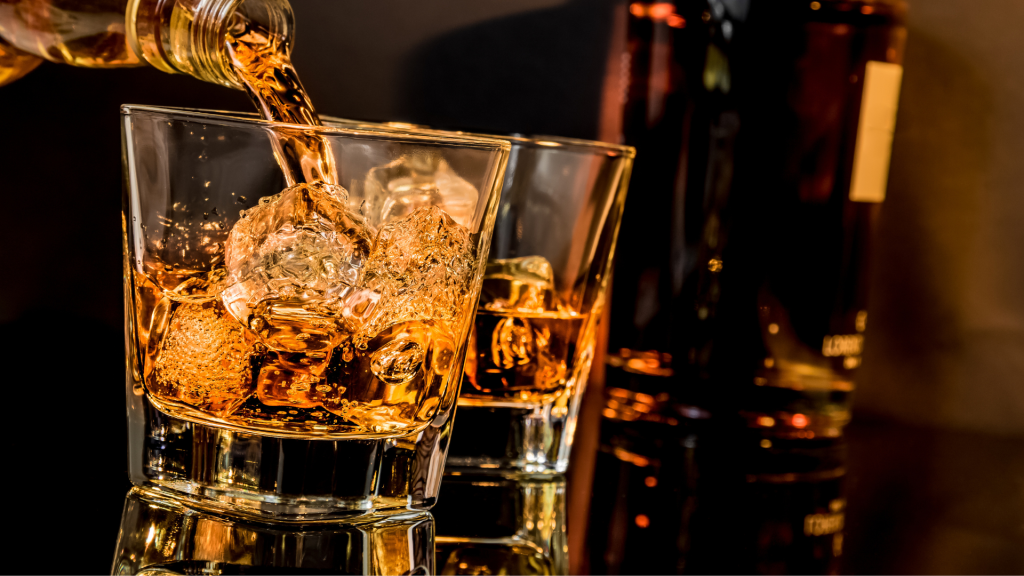The Flying Dutchman Cocktail: A Must-Try in Mixology
Uncover the allure of the Flying Dutchman cocktail, a captivating blend that brings a unique twist to your mixology repertoire. This exquisite drink combines a medley of spirits and mixers, creating a flavor profile that is both intriguing and refreshing. Perfect for those looking to impress at their next gathering or simply enjoy a night in, the Dutchman drink offers a delightful escape from the ordinary. Join us as we dive into this distinctive cocktail recipe, exploring the art of crafting unique cocktails that elevate your drinking experience to new heights. Cheers to discovering the enchanting world of the Flying Dutchman! Introduction to the Flying Dutchman Cocktail The Flying Dutchman cocktail is a delightful concoction that offers a unique fusion of flavors, showcasing the complexities of genever and an array of liqueurs. With its citrusy notes and a rich finish, this drink takes you on a surprising flavor journey that evolves with every sip. Whether you are a seasoned mixologist or a casual cocktail enthusiast, this cocktail recipe is sure to impress both you and your guests. History and Origins of the Cocktail History and Origins of the Cocktail The origins of the Flying Dutchman cocktail date back to 1948, as per records from Cointreau. It is believed to have first appeared in cocktail books in the 1950s, specifically within Dutch cocktail literature, which emphasized a no-fuss approach to bartending. The drink was reformatted by Brian MacGregor at Jardinière in San Francisco around 2012, evolving into the more complex version we know today. Key Historical Points: 1948: First appearance of the Flying Dutchman cocktail. 1950s: References found in a Dutch cocktail book. 2012: Popular reformulation by Brian MacGregor. Significance in Cocktail Culture The Flying Dutchman cocktail holds a special place in cocktail culture, as it represents the innovation and creativity that modern mixology brings to classic recipes. Its ability to blend the malty richness of genever with herbal liqueurs and bright citrus makes it a perfect example of how traditional cocktails can be reimagined. The drink is often recommended for those looking to explore unique cocktails that challenge the palate. Overview of Main Ingredients The main ingredients that create the signature profile of the Flying Dutchman cocktail are: Genever (or Gin): The base spirit that provides a malty and rich character. Bénédictine: A herbal liqueur that adds depth and sweetness. Yellow Chartreuse: An herbal liqueur that elevates the drink with its complex flavors. Fresh Lemon Juice: The brightening agent that balances the sweetness with tartness. Key Ingredients in the Flying Dutchman Cocktail Key Ingredients in the Flying Dutchman Cocktail To truly appreciate the Flying Dutchman cocktail, it’s essential to understand the role of each ingredient. Here’s a detailed look at the key components that make this drink a standout. Types of Genever Used Genever, the primary spirit in the Flying Dutchman cocktail, is known for its malty, rich base. It can be made from malt wine and typically ranges from 30% to 50% alcohol by volume. When choosing between genever and gin: Genever: Offers a more traditional and robust flavor, suitable for those who appreciate a complex base. Gin: Provides a brighter, more botanical-forward character, ideal for a lighter version of the drink. The Role of Liqueurs The liqueurs in the Flying Dutchman cocktail play a crucial role in defining its flavor profile: Bénédictine: This French herbal liqueur is made from a blend of 27 herbs and spices, imparting deep herbal notes complemented by honey and a hint of orange. Yellow Chartreuse: Known for its unique blend of herbs and spices, this liqueur adds an elevated flavor and aromatic depth to the drink. The Importance of Fresh Lemon Juice Fresh lemon juice is essential in the Flying Dutchman cocktail, as it provides the necessary tartness to balance the sweetness of the liqueurs. Using freshly squeezed lemon juice ensures that the drink is bright and vibrant, enhancing the overall tasting experience. How to Make a Flying Dutchman Cocktail How to Make a Flying Dutchman Cocktail Creating a Flying Dutchman cocktail at home is simple and rewarding. Follow the step-by-step instructions below to craft your own version of this delightful drink. Step-by-Step Recipe Here’s a straightforward recipe to make the Flying Dutchman cocktail: Ingredients: 1.5 ounces of Genever (or Gin) 0.75 ounce of Yellow Chartreuse 0.75 ounce of Bénédictine 0.75 ounce of Fresh Lemon Juice Instructions: Gather Your Ingredients: Collect all the necessary ingredients and tools. Combine Ingredients: In a cocktail shaker, combine the genever, Yellow Chartreuse, Bénédictine, and fresh lemon juice. Add Ice: Fill the shaker with ice cubes. Shake Vigorously: Shake the mixture for about 15 seconds until chilled and diluted. Strain and Serve: Double strain the mixture into a chilled coupe glass. Garnish (Optional): Garnish with a slice of lemon if desired. Essential Bar Tools Needed To effectively make the Flying Dutchman cocktail, you’ll need the following bar tools: Boston Shaker: For combining and shaking ingredients. Hawthorne Strainer: To strain the cocktail into the glass. Fine Mesh Strainer: For a smooth finish, if necessary. Japanese Jigger: For accurate measurements. Hand Juicer: To extract fresh lemon juice. Tips for Perfecting the Cocktail To elevate your Flying Dutchman cocktail, consider the following tips: Use Fresh Ingredients: Fresh lemon juice is key for a vibrant flavor. Experiment with Ratios: Adjust the ratios of liqueurs to suit your taste preferences. Chill Your Glass: Chilling the glass beforehand enhances the drinking experience. Taste as You Go: Don’t be afraid to taste and adjust the balance of flavors. Variations and Twists on the Flying Dutchman Cocktail Variations and Twists on the Flying Dutchman Cocktail The beauty of the Flying Dutchman cocktail lies in its versatility. Here are some exciting variations and twists you can try to make it your own. Fruit Infusions for Enhanced Flavor Incorporating fruit infusions can add an exciting twist to the classic recipe. Consider these options: Citrus Zest: Add a hint of zest from lemons or oranges to enhance the citrus notes. Fresh Berries: Muddle a few fresh berries into

